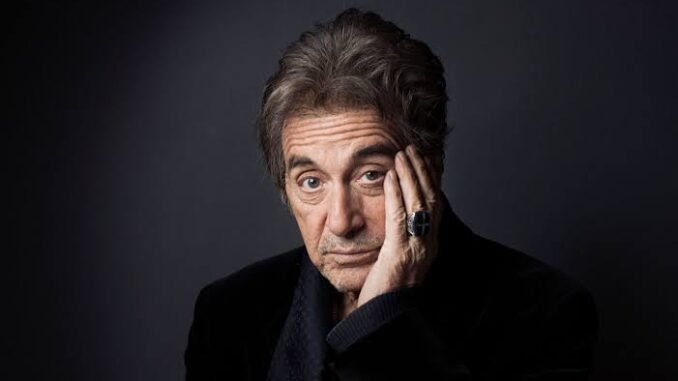
Al Pacino: A Tale of Humble Beginnings and Astounding Achievements
Al Pacino, a name synonymous with intense, electrifying performances and some of the most iconic characters in cinematic history, has a career that spans over five decades. While his prolific body of work and numerous accolades are well-known, one astonishing fact about Al Pacino that often surprises even his most ardent fans is his struggle with homelessness during his early years as an actor.
Before becoming a celebrated figure in Hollywood, Pacino faced significant hardships. In the 1960s, long before he became Michael Corleone in “The Godfather” or Tony Montana in “Scarface,” Pacino was a struggling actor in New York City. He was often so financially destitute that he couldn’t afford rent, leading him to live on the streets for periods. This harsh reality is a testament to his relentless determination and passion for acting.
Raised in the South Bronx by his mother and grandparents after his parents divorced when he was just two years old, Pacino’s childhood was marked by economic difficulties. Despite these challenges, he found solace and inspiration in films and theater. His early love for acting was nurtured through performances in school plays, which set him on the path toward a career in the arts.
After dropping out of high school, Pacino pursued acting with single-minded dedication. He joined the prestigious Actors Studio, where he studied under Lee Strasberg, a prominent figure in method acting. This training would later become the cornerstone of his powerful and immersive performances. However, the journey from aspiring actor to global icon was anything but smooth.
In his early 20s, Pacino’s commitment to his craft meant he often had to make tough choices between food, shelter, and pursuing his passion. He took on various odd jobs to make ends meet, including working as a janitor and a postal clerk, but these were not always enough to provide stable housing. During this time, he also performed in off-Broadway productions and small theater companies, slowly building his reputation in the acting community.
Pacino’s perseverance began to pay off in the late 1960s when he landed a role in the play “The Indian Wants the Bronx,” which won an Obie Award for Best Actor. This success opened doors for him, leading to his first major film role in “The Panic in Needle Park” (1971), where he played a heroin addict. His raw and compelling performance caught the attention of director Francis Ford Coppola, who then cast him as Michael Corleone in “The Godfather” (1972).
The rest, as they say, is history. Pacino’s portrayal of Michael Corleone not only earned him an Academy Award nomination but also cemented his status as one of the finest actors of his generation. He continued to deliver unforgettable performances in films such as “Serpico” (1973), “Dog Day Afternoon” (1975), and “Heat” (1995), earning numerous awards and accolades along the way.
Reflecting on his journey, Pacino has often spoken about his difficult early years with humility and gratitude. His story is a powerful reminder that even the greatest talents often come from the humblest of beginnings. Al Pacino’s rise from homelessness to Hollywood royalty is not just astonishing; it is an inspiring testament to the resilience, dedication, and unwavering belief in one’s dreams.
Leave a Reply